There is a shift in how we, as teachers, are talking about and approaching teaching literacy. It feels like there are so many buzzwords and hot topics: structured literacy vs balanced literacy, science of reading, sound walls. Yet there seems to be a lack of understanding of what they mean and what they really include. So let’s start breaking it down because you are not alone in feel liking this.
Structured Literacy vs. Balanced Literacy
Structured Literacy is a systematic and explicit instruction that focuses on reading, writing, speaking and listening by prioritizes the structure of our language with its speech sound system (which is phonology), how to write it (orthography), meaningful parts of words (morphology), relationships among words (semantics), structure of sentences (syntax) and how it is all organized as we speak and write. (International Dyslexia Association, Structured Literacy, An Introductory Guide).
Balanced Literacy is an instructional approach that balances explicit instruction with language exploration with independent learning. Think workshop times.. Balanced literacy centers around shared reading, guided reading, independent reading with phonics, decoding and spelling taught doing word study lessons. (Iowa Reading Research)
Neither of these reference one program but rather the approach.
Structured Literacy is the approach to teaching reading that is based on the research that comes from the science of reading.
What is Science of Reading?
Science of Reading is the research that has been going on for years across multiple disciplines that together gives us a better understanding of how we learn to read, the skills that are needed, what parts of our brain are used to learn to read and how these skills work together. This research is the basis of how we can tailor our instruction to reach all learners. (What is the Science of Reading? article)
What Does That Mean for Us as Teachers?
It means we have some learning to do and barriers to break. Not only do we need to educate ourselves we need to teach those in charge to help make really changes to how literacy instruction is happening in classrooms. Thanks to all the research being done in Science of Reading we know better so now we need to do better not just for ourselves but to help reach all students.
What Can You Do?
As someone at a district where I’m alone in researching and learning, I know it can feel like a steep uphill climb to get to where we should be for our students. It does start with you. Educating yourself and informing yourself so you can help and educate those around you. It is important to keep learning and educating ourselves.
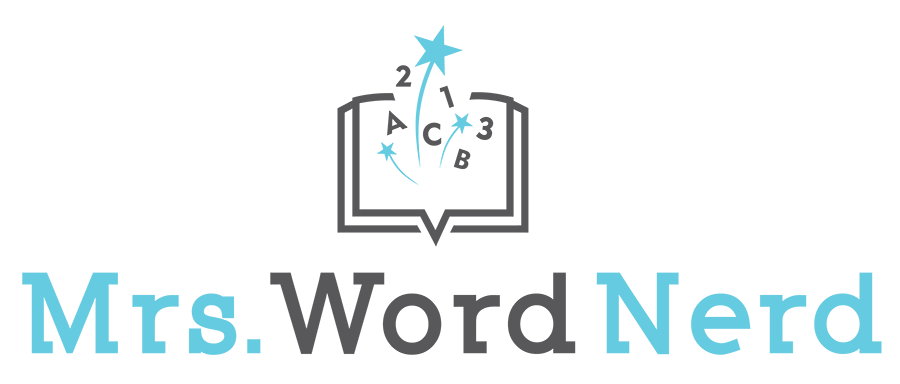
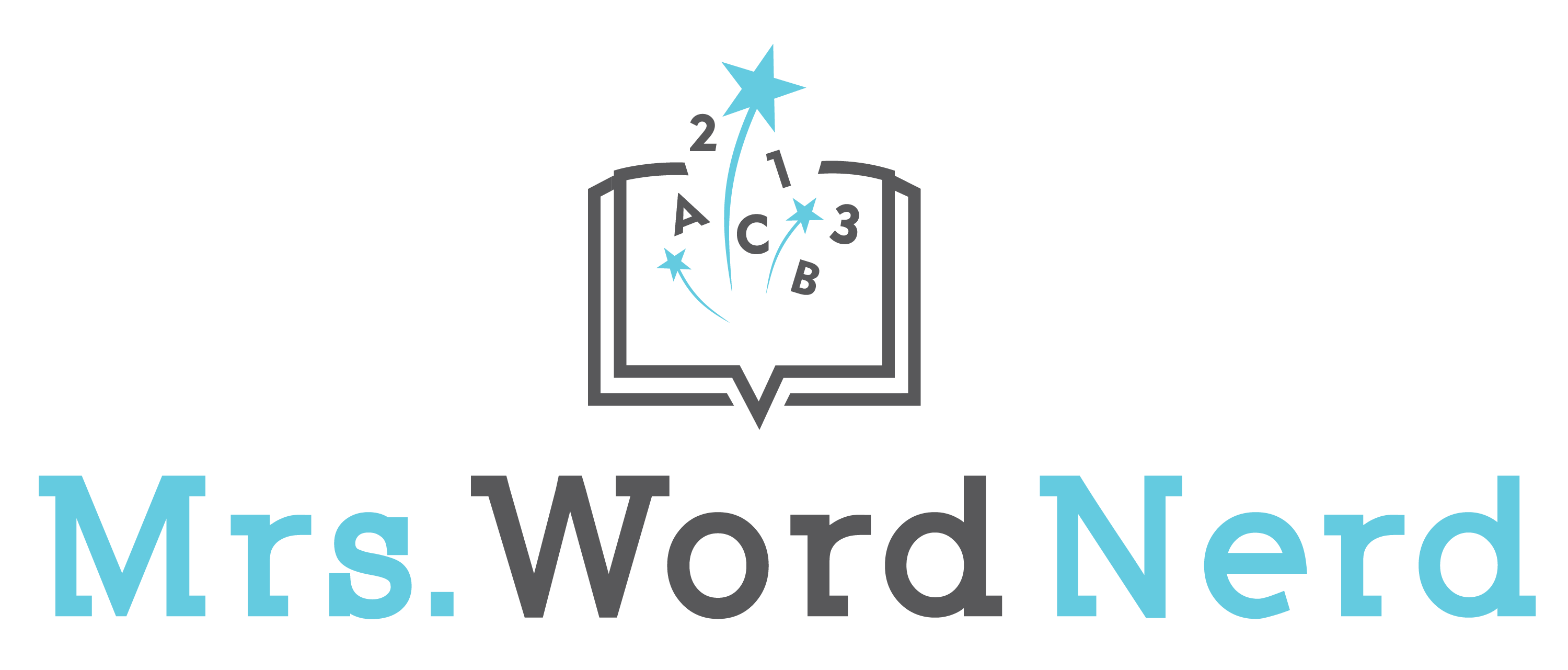
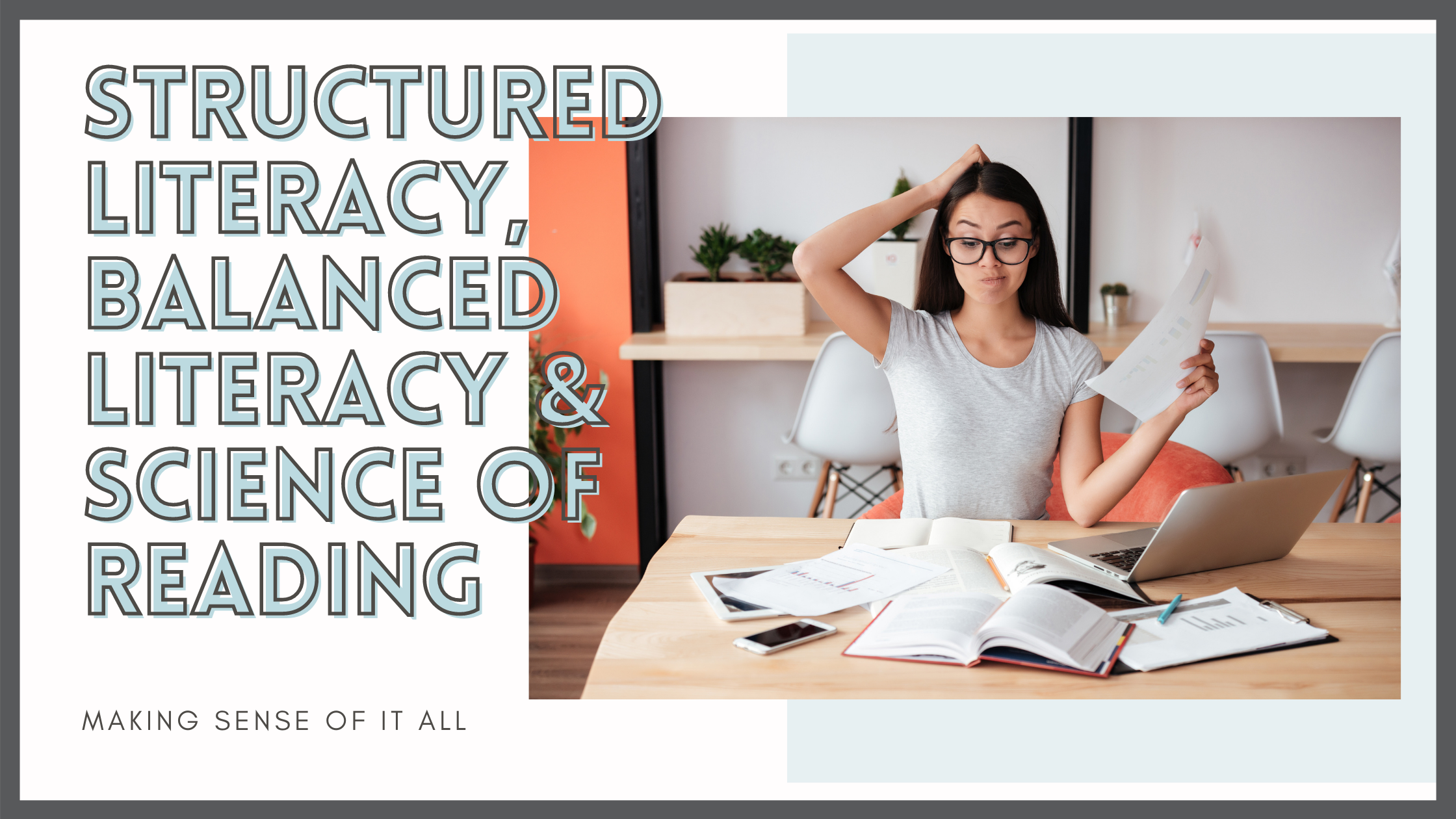
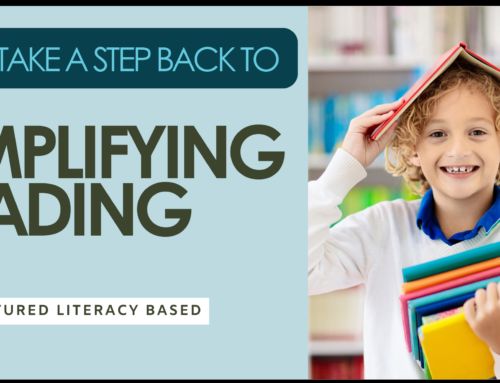

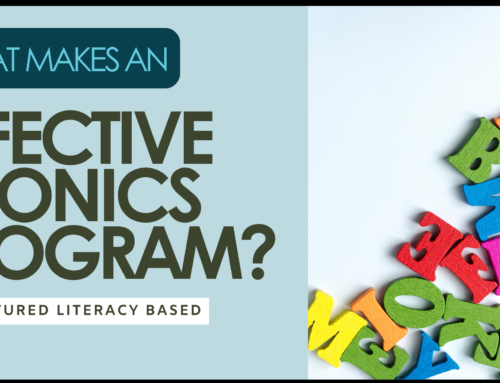
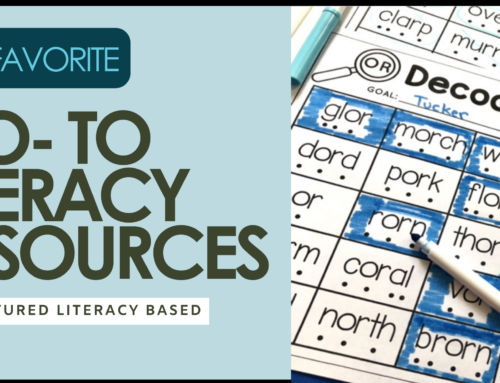
Leave A Comment